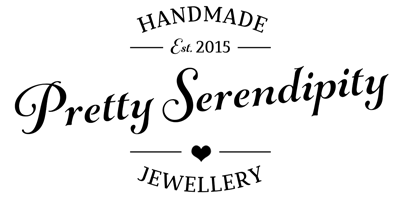Your Bag is Empty
- 18th Birthday Jewellery
- 21st Birthday Jewellery
- 25th Birthday Jewellery
- 30th Birthday Jewellery
- 35th Birthday Jewellery
- 40th Birthday Jewellery
- 45th Birthday Jewellery
- 50th Birthday Jewellery
- 55th Birthday Jewellery
- 60th Birthday Jewellery
- 65th Birthday Jewellery
- 70th Birthday Jewellery
- 75th Birthday Jewellery
- 80th Birthday Jewellery
- 85th Birthday Jewellery
- 90th Birthday Jewellery
- 100th Birthday Jewellery







